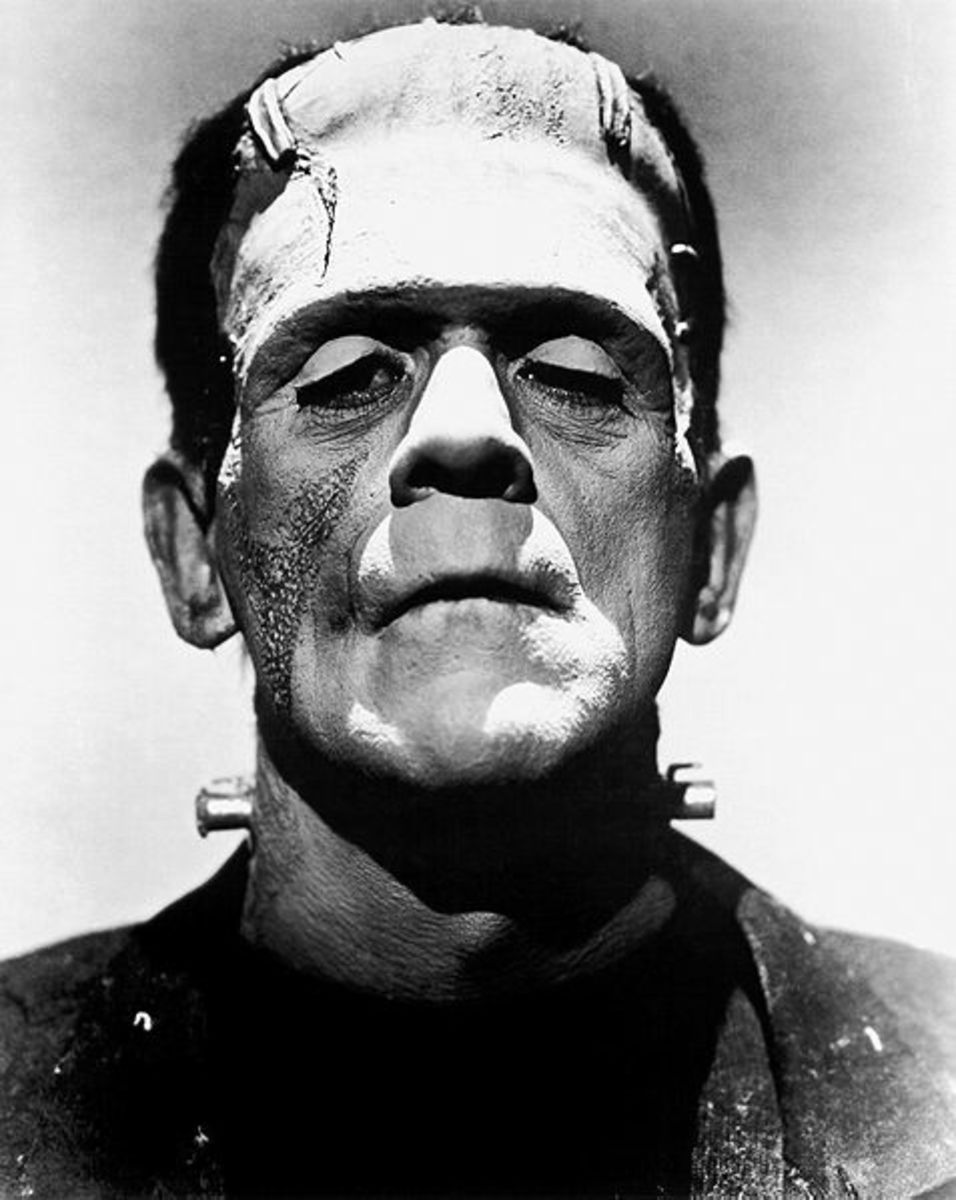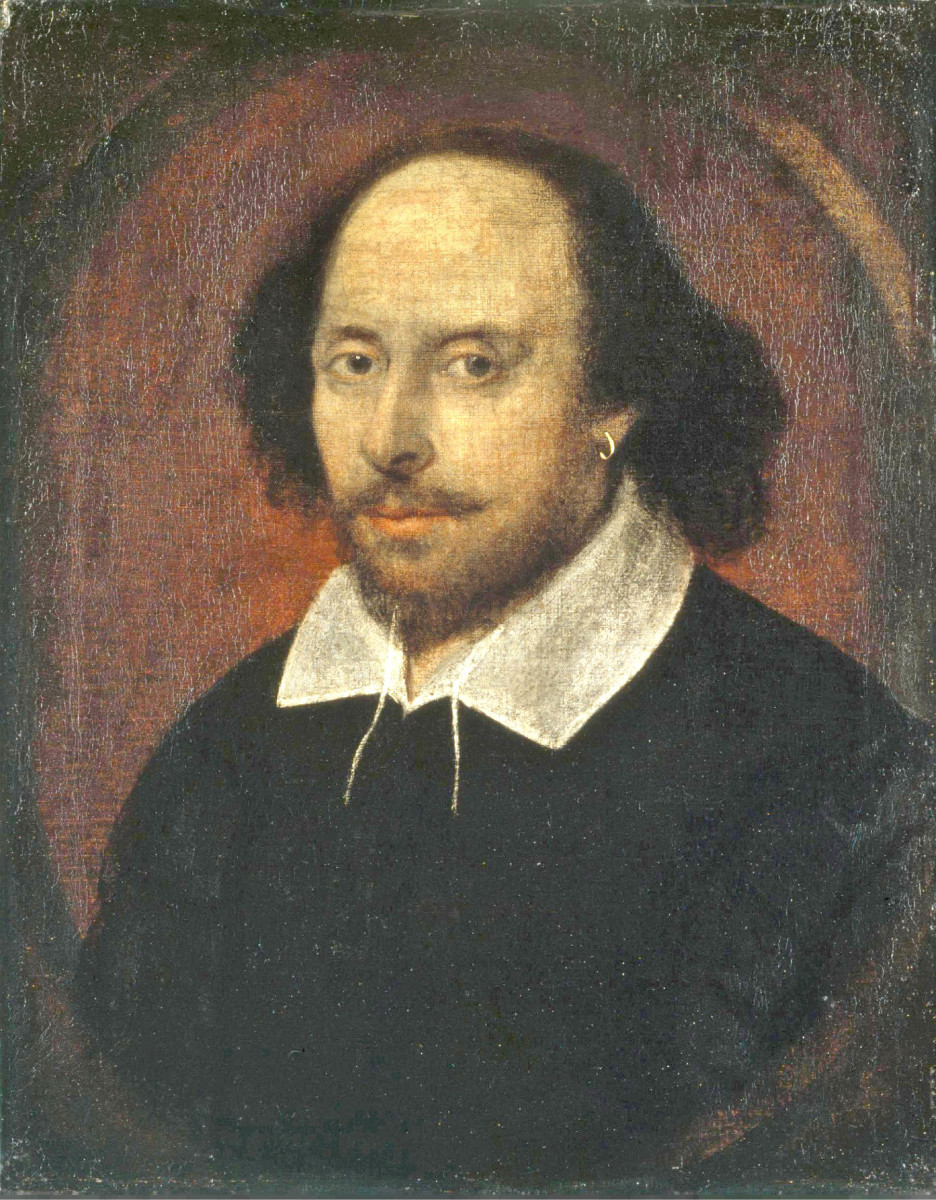Dracula And Frankenstein Are Lambs

Do you think that classic novels should still be taught in schools?
Why The Concern?
Someone recently asked me if I thought it was right for two Gothic novels (Dracula by Bram Stoker and Frankenstein by Mary Shelley) to be taught at a Catholic junior high. Being that both stories were offered on the “Read Me, Write About Me” extra credit list in my parochial school’s seventh grade literature class, I was confused with his question. When I asked for him to elaborate on his opinion, he simply said that the books were immoral (“Drinking blood is a sin!” “Only God can create life!”) and, that if the school were to decide to definitely teach these tales, they’d have him to deal with.
Incase you are unfamiliar with these stories, I’ll (as briefly as possible) explain them now.
Dracula
- Jonathan Harker, on behalf of his boss, travels to a Transylvanian castle to offer its owner, Count Dracula, some legal advice about selling it. At first he is charmed by the Count and is happy to be a guest at his home. However, he quickly realizes that things aren’t exactly kosher there (The Count is a vampire for one thing.) and decides to escape. While he is looking for an exit, he is corned by Dracula’s brides and, were it not for Dracula stepping in, he would’ve been bitten. In exchange for his life, Dracula forces him to continue giving him legal advice as well as advice about how to act/fit in were he to visit Harker’s London. Not long after he releases Harker, a Russian ship runs aground on the shores of Whitby, England. All of the crew is missing and is thought to dead. The only body found is that of the captain. In the log, we learn that each member gradually began to disappear after a box was loaded on to the ship (Dracula’s coffin). During the log’s reading, a wolf (Dracula) jumps ashore. Going ahead with the story, Dracula buys property close to the home of Harker’s fiancée, Mina. He quickly charms his way into the lives of both Mina and her best friend, Lucy. Dracula also forms a bond with Renfield, a mental patient. From that point on, Renfield can always sense Dracula and Dracula begins to use Renfield. For some unknown reason, Lucy becomes sick. One of her suitors, Dr. Seward (He is the head of the local asylum.) calls in his mentor, Prof. Van Helsing who immediately knows what ails her. He gives her multiple blood transfusions, but each night she is as drained as the night before. On evening, Lucy and her mother are attacked by a wolf (Dracula) and both (Mom of a heart attack. Lucy of a supposedly unknown cause.) die. Soon after Lucy is buried, the newspapers report of children being stalked by a beautiful lady (Lucy). Realizing what has happened Van Helsing and Seward track her down, stake her heart, behead her and fill her mouth with garlic. Harker and Mina (now married) join the others in the battle to slay Dracula. After he learns of their plan, Dracula visit’s a sleeping Mina and bites her. Having also fed her his blood, they are now spiritually connected. In order for Mina (who becomes more of a vampire each evening) to be saved, they must kill Dracula. However, Dracula has fled back to his castle. They track him to his castle and kill him. Once he crumbles to dust, Mina becomes herself again.
Frankenstein
- By chance, a sea captain recovers a dying man (Dr. Frankenstein who has been searching for his escaped creation) from the sea. Victor Frankenstein recounts his story of how he got to this point to the captain. He begins with his childhood. From a young age, Victor was encouraged by his family to pursue any field except for science. One day, his orphaned cousin, Elizabeth, comes to live with his family. Immediately, they build a strong, everlasting bond. Shortly before he is to leave for college, his mother dies. This loss inspires him to study medicine and the darker side of science. He tries to reanimate dead bodies, but realizing it is impossible, he decides to go about creating life another way. He pieces together parts from various bodies, creating something too ugly for even him to look at. When he brings his creature to life, he is unable to stand what he has “fathered” and flees. Having become ill after neglecting his health while creating the “monster,” he is nursed back to health by a friend. When he learns that his young brother, William, has been murdered, he returns home. The book now switches to the monster’s perspective. He is feared by all and decides to hide near a cottage to observe how families interact. Through these lessons, he becomes educated and self-aware and realizes how greatly he differs from everyone else. Unable to handle being lonely anymore, he introduces himself to the family. Their rejection of him inspires him to seek out Dr. Frankenstein in vengeance. While exploring the area around the Frankenstein family home, he encounters William. Seeing this as his chance to be friends with someone, he introduces himself to William who introduces himself as a Frankenstein. The monster kills William (his first act of vengeance) and plants a necklace from the boy on the sleeping body of a maid. She is tried for murder and executed. The story shifting back to Victor, he spots the monster near his home. As is positive that the monster killed these two innocent people, he retreats to the mountains to do penance for creating the monster. After some time, the monster finds Victor and tells him the story of his life since creation. He promises Victor that if he creates a female companion for him, he will never bother the doctor again. Victor reluctantly agrees and returns to the area of his college to create a second monster. However, unable to come to terms with all of the pain the monster has inflicted, he destroys his second creation halfway through its conception. Realizing what he has done, the monster vows to get revenge and kills Victor’s friend. Victor takes ownership for the murder and is imprisoned. He is later acquitted and returns home to marry Elizabeth. On their wedding night, the monster kills Elizabeth and Victor's father dies from grief. Dr. Frankenstein vows to battle the monster till the end. This brings us to the opening of the novel. As Frankenstein lies dying, the monster appears in his cabin. The captain overhears the monster explain why he killed Frankenstein’s family and that he is sorry for doing so. He leaves the ship, promising to end his life so that no one else will ever know of his existence or of his crimes.
To me, both stories work to show the reader how precious a human life is. Furthermore, that when someone tampers with the natural order of things, the outcome is never positive. With this in mind, I can’t imagine why these stories shouldn’t be taught at a Catholic school. In Dracula, friends must work together to keep their own world intact and to force new evil out of their lives. In Frankenstein, the doctor realizes too late that giving life to something not only means you are to give it breath, but that you also must give it a sense of decency and dose of love. There are many things to be learned from these novels.
I have often seen these stories dismissed in two ways. The first is similar to the one mentioned previously. Parents, seeing the stories as too violent and scary for their children, would prefer the tales be left off of the agenda. They are unable to see the reasons why the novels are considered classics and are only able to see the nightmares that might come of reading them. They would rather protect their child than promote a wider sense of learning. The second reason is that the word “classic” carries with it an immense stigma. For many people this word means, “boring, long and outdated.” Many schools have removed such stories from the curriculum believing them to be too challenging for a modern-day junior/high school learner. To me, this seems like both an unwise and an unfair decision. By deciding to no longer challenge these students they are labeling them as unintelligent and are setting them up for a disastrous experience in college.
What would be beneficial would be for the parents who question the relevance and appropriateness of these two books to read them for themselves and then make a final call. All too often we write off things based on hearsay and unfounded fears. Uninterested in doing any research, we would prefer to shelter our children (and ourselves for that matter) from issues that, at a closer look, are truly harmless. We expend all of our energy and brainpower on frivolous concerns that, once we are faced with a real problem, we are left standing with our mouths wide open. In the light of reason, Dracula and Frankenstein are lambs in comparison to certain public figures. We have nothing to fear from these books.
This content reflects the personal opinions of the author. It is accurate and true to the best of the author’s knowledge and should not be substituted for impartial fact or advice in legal, political, or personal matters.
© 2009 Lincy A. Walsh








